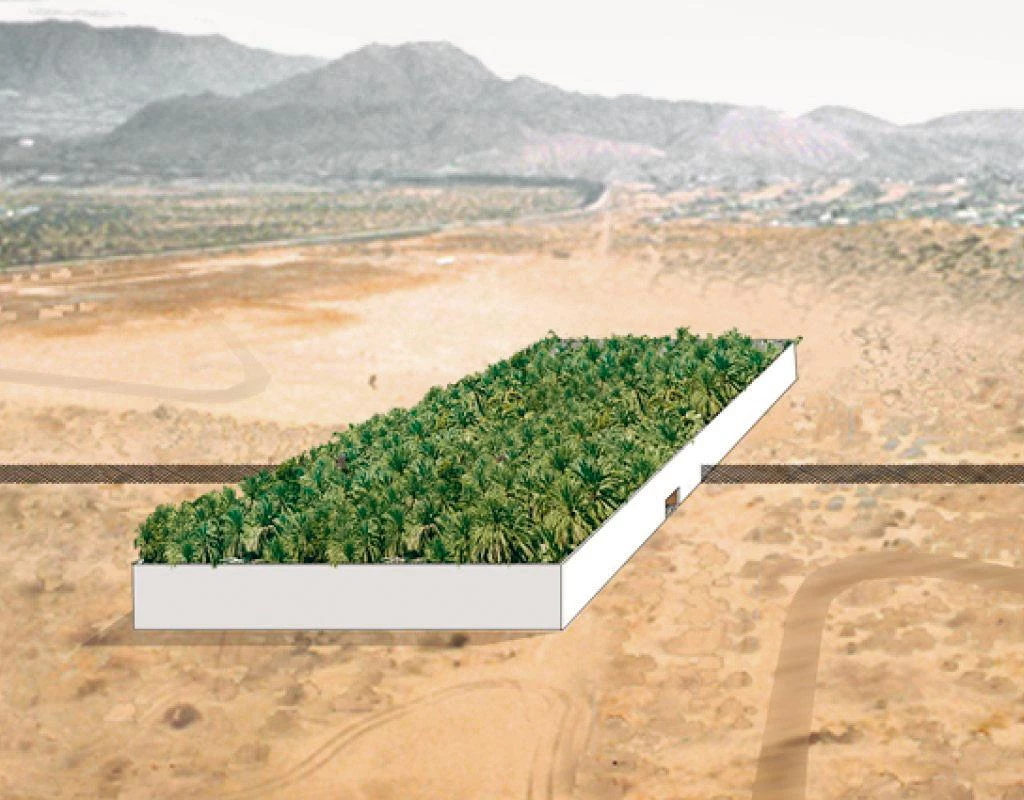
Kersten Geers and David Van Severen write like they design, with a clear line. Their interpretative transparency – both are committed to teaching –, their visual acuity and their intellectual impact make it almost redundant to comment on the work of the Brussels studio, which chose the diaphanous name of OFFICE for their presence in the world. In the text that reflects on their recent work, they frame their projects with a bold phrase, “the form of the thing precedes the thing,” a declaration of platonic idealism that prompts to see their figures as ideas “that are born naked,” and only later acquire material form on site. But their elemental figures, genuine performative geometries that create reality through spatial form, do not exclude tectonic pragmatism: if J.L. Austin taught us how to do things with words, the OFFICE partners show us how to do things with forms.
In his piece, Jean-Louis Cohen notes how they have resisted at once hypermodern amnesia and postmodern nostalgia, but that double resistance is tied to the admiration for those who best represent postmodernity: Aldo Rossi and Robert Venturi. In Rossi and the Tendenza one can find their love for simplicity, something that can be extended to those whom the Milanese master considered his key references, Mies and Loos; and in Venturi, their will to acknowledge the complexities and contradictions of good architecture, an ambiguity that allows them to study the lyrical and reductive oeuvre of John Hejduk, gathering grays and whites in their inclusive palette, more omnivorous than eclectic, and always subordinated to an abstract passion that places geometry at the service of type, makes form prevail over program, and elaborates essential figures cut out in the background.
Metaphysical in its tributes to Rossi and Hejduk, and so radical that sometimes it seems to echo Superstudio or Archizoom – venturing in Florence a place of encounter between their Renaissance roots and their experimental blooming –, the architecture of OFFICE is a body of work that unexpectedly joins playful innocence and civic serenity, formal intuition and material verisimilitude, cautious subtlety and bold presence. Always keeping their intellectual and artistic loyalty to the form of the thing, Geers and Van Severen do not give up technical and economic realism, do not elude the difficulties of construction, and do not avoid the dialogue with the traces and needs of the city. Though strongly propositive, their texts and drawings go beyond theoretical statements: with their clear line and assertive drive, the work of OFFICE outlines a practical role for architecture, traditional and contemporary at the same time.






